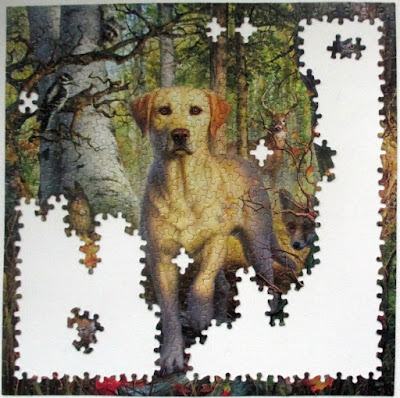by Gloria Stephens
A showcase of some forty-seven cat breeds (I think there's a newer edition as someone else's review on LibraryThing mentioned fifty-one). It has a short intro with basics of a cat's body, very brief history of the species' evolution, and then a more detailed explanation of genetics that determine the many breeds' eye color, coat color and pattern, plus some of the unusual traits (like curled ears, bobbed tails or hairlessness). I read through the entire section on genetics because hey, I like to learn stuff- but I did not get it. I felt like the author, who herself is a cat breeder, knows the subject so well she doesn't realize how little ordinary people grasp it. I then read the entire glossary so I'd understand all the unfamiliar words, and some of it is still incomprehensible to me. Well, that's fine, because the photographs by Tetsu Yamazaki are really what make this book stunning. Most of the book is breed profiles, many with two or three pages showing different colors and expressions of the breed, very beautiful and expressive pictures. My nine-year-old demanded that I give her this book when she caught me in the middle of reading it, because she wanted to look at all the adorable kitties! (I refused and loaned her my cat encyclopedia for bedtime reading; tonight we're going to trade).
There's one odd page, right before the glossary, that has a blurry graphic of a cat running, black with red outline- very rough and feel completely out-of-place in a book full of exquisite photographs. Why they didn't just put another cat photo on that page- like on the title page and front flap- I don't get. Also, I learned a sad fact about the Manx- correct me if I'm wrong, but it sounds like the gene for tailless is dominant, and must be paired with a recessive gene for regular tail, which makes the cat born with no tail. If there are both dominant genes, the kittens die before they're born because the spine never forms completely. So that's why the Manx is rare, because so many kittens die for every healthy Manx that lives. I think that's very sad. (The Japanese bobtail has a different gene that causes its short tail, with no issues). Also I was surprised the book didn't mention health issues for other breeds- Persians and exotic shorthairs having flat faces which affects their breathing, for example.
Some photos in the book show cats in home settings, and this one is my favorite:
Rating: 3/5 137 pages, 1990























